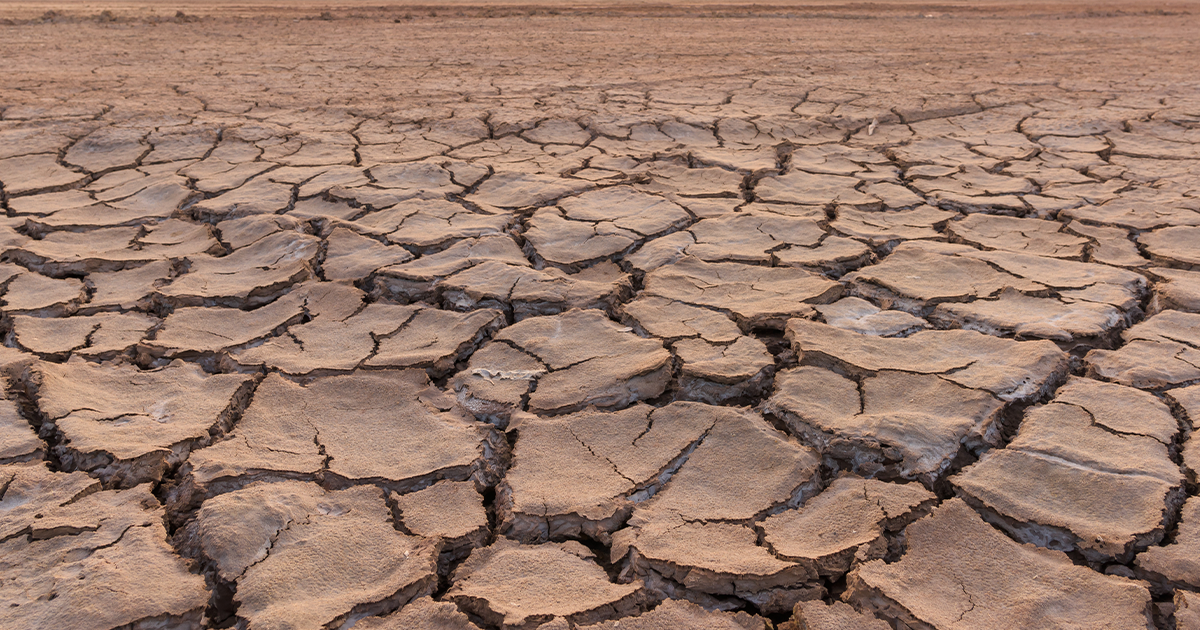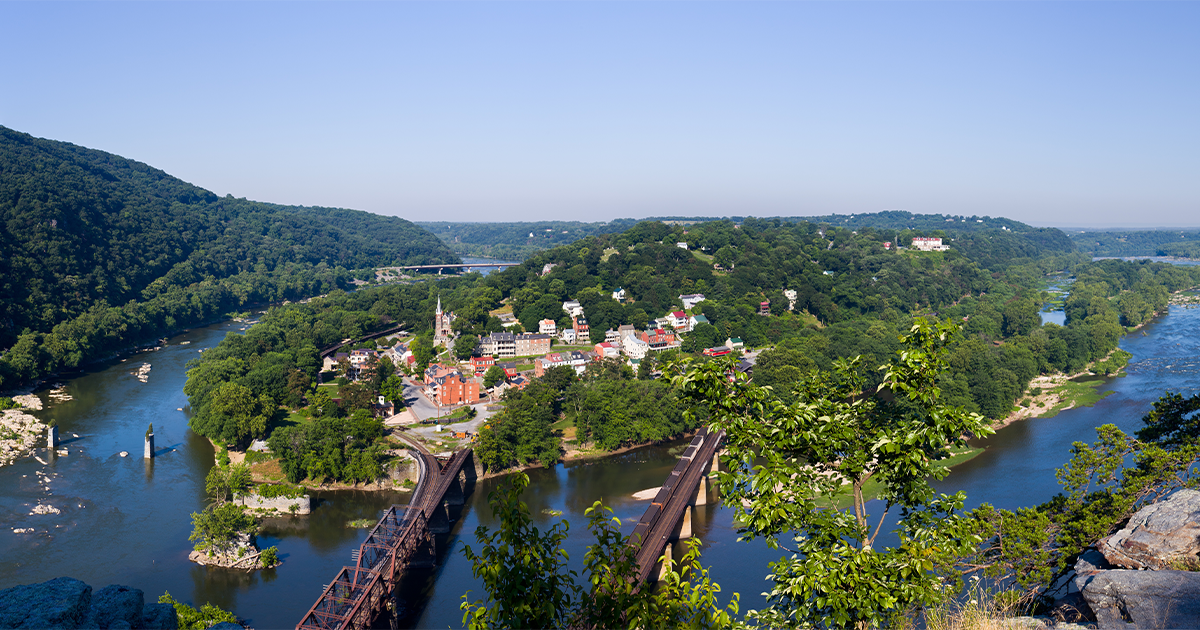Water Use Wednesday: Paddling Upstream A Global Look at the Impact of Industrial Freshwater Use

2
Oct 24
Paddling Upstream: A Global Look at the Impact of Industrial Freshwater Use
Welcome back to Water Use Wednesdays—an eight-part informational series dedicated to exploring the world of industrial water use and its challenges. Today, we're focusing on the global challenges of excessive freshwater withdrawal and the innovative solutions designed to overcome them.
China, India, and the United States each use over 300 billion cubic meters (bcm) of freshwater per year, placing them at the top of the world's water use charts. These massive demands, largely produced by robust industrial and agricultural sectors, often lead to urgent problems that require innovative solutions. Let's take a closer look at a few specific challenges faced by each country and the unique approaches they've taken to address them.

Sponge City: How China is Addressing Urban Water Stress
China’s water use was estimated to be around 581 billion cubic meters (bcm) in 2020, making it the largest water consumer in the world at that time. Moreover, China stands as the second-largest user of industrial water at 103 bcm per year, with only the United States exceeding it at 210 bcm in 2020. These considerable water withdrawals come with complications, specifically regarding freshwater sources becoming strained and stressed. Take for example surface water sources, such as lakes and rivers, which provide about 80 percent of China's water. Surface sources such as these are highly susceptible to drought and can quickly shift from stress, to risk - sometimes leaving hundreds of millions of people without access to water. In 2022, southern China experienced a record-breaking drought that dried up the whole of the Yangtze River, the third longest river in the world!
To solve the problem of water shortages during droughts, China developed a unique solution: sponge cities. These are cities that are prone to frequent flooding and are constructed with designated areas that double as parks to assist with flood control. Fitted with permeable pavements and underground tanks, sponge cities can store floodwater for use during dry periods. Wuhan is one such example of these sponge cities. Once known as “the city of a thousand lakes,” Wuhan had 127 lakes in its central area in 1980, but urbanization has left it with only 30. This reduction has left the city more susceptible to flooding, with no natural place for appropriate drainage.
China suffers from medium-high water stress, with 3.17 million urban Chinese citizens relying on surface water in 2017. Sponge cities offer a viable solution to water scarcity, ensuring the continued operation of businesses, homes, and industries.
Aqua Alchemy: How India Turns Wastewater into Wonder
While China grapples with drought and urbanization, India faces its own set of water challenges, driven largely by its massive population. Home to over 1.42 billion people, India has one of the world’s highest freshwater demands, and 8 to 10 percent of this demand is generated by the industrial sector. Conserving the already tight water supply is important so, when Chennai, a highly populated city of 9 million, suffered a drought in 2019, the situation reached a crisis point. Chennai had to import water by train and began investing in large-scale water recycling. Today, almost 20 percent of the city’s sewage is recycled, providing much-needed water for many residents and industries. This has significantly alleviated water shortages throughout the country, but ad hoc reclamation efforts alone aren’t enough. This is why some states have enacted progressive laws to facilitate the reuse of wastewater. One example is Gujarat, where thermal power plants within 50 km of sewage treatment plants are required to use treated water in their processes.
Fighting for the Fish: How the United States is Restoring its Rivers
In 2015, the United States’ water withdrawal was around 322 billion gallons per day. Industrial water withdrawals were 210 billion gallons the same year. For many years, US industries withdrew and returned water from surface sources with minimal regulation, leading to severe pollution. A notorious example is Ohio’s Cuyahoga River, which contained so much industrial waste that it caught on fire at least a dozen times and produced flames nearly five stories high. Since then, notable efforts have been made to clean riparian areas.
Consider the famous Potomac River. Flowing from West Virginia to Maryland, the Potomac is one of the nation’s most historically significant rivers. It was described by Captain John Smith in 1608 as, “frequented by otters, beavers, martens, and sables. Neither better fish, more plenty, nor more variety for small fish had any of us ever seen in a place.” It was also the river George Washington lived along at Mount Vernon. In fact, he started some of the first shad and striped bass fish hatcheries along the river, a testament to its cleanliness at the time. But by the mid-1900s, the diverse ecosystem of this once-pristine river faced severe threats. In 1954, the only living organisms found on some parts of the riverbed were sewage worms, as most pollution came from untreated sewage being poured straight into the river. By 1969, up to 240 million gallons of waste were dumped into it daily. The toxic sludge polluted the river so much that if anyone fell in, they were advised to get a tetanus shot. However, over the last few decades, the Potomac has slowly been improving due to local and statewide conservation efforts. Sewage treatment facilities were upgraded, toxic industrial discharges were banned, and public awareness was raised. Efforts to abate acid mine drainage and bans on phosphate detergents contributed to this transformation. The hard work put into cleaning the river was not in vain, and fish and aquatic plants have since returned. The Potomac River is now well on its way to becoming a healthier waterway, worthy of it’s lore and place in American History

Going with the Flow: The Future of Freshwater
The water management challenges faced by China, India, and the United States illustrate the complex nature of global water issues. Each nation is confronting their own unique challenges: China has grappled with drought and rapid urbanization; India stives to balance population growth and water scarcity; and the United States continues to tackle industrial pollution in key waterways. Despite these challenges, these countries have demonstrated remarkable innovation in addressing their water crises, and the rewards of their efforts are clear: ensuring access to clean water, protecting the environment, and promoting sustainable development. These examples also emphasize the need to tailor solutions to local contexts while drawing from global best practices. Effective water management moving forward will likely combine expert collaboration, technological innovation, policy reform, and public engagement. By prioritizing smart water management, we can mitigate current issues and create a more secure global water future. The experiences of China, India, and the United States offer valuable insights for other nations, fostering a global community of knowledge and action in water conservation and management.

